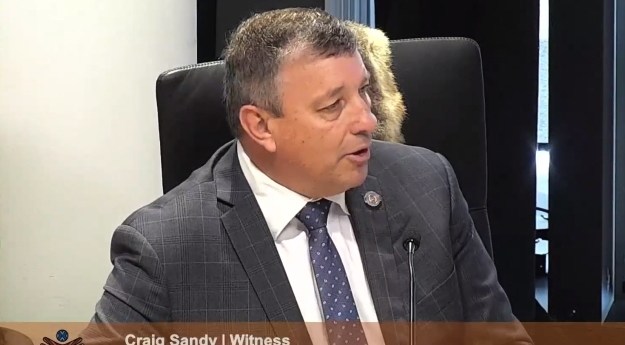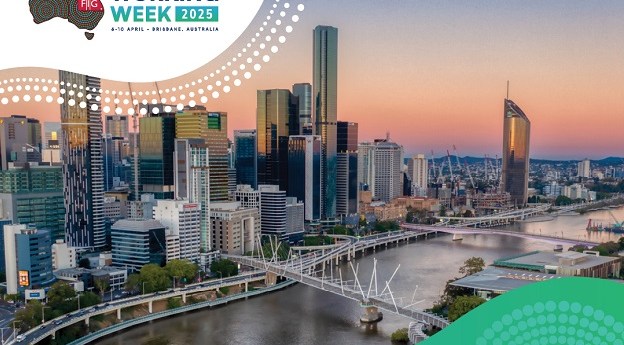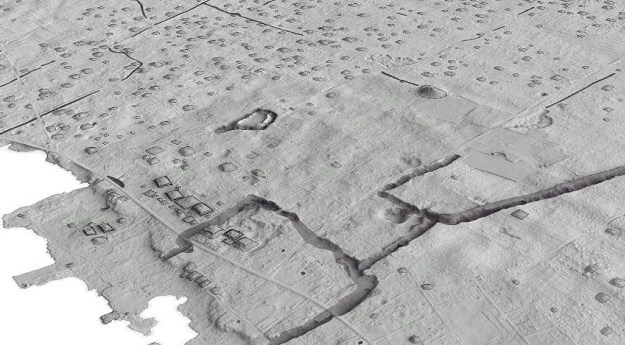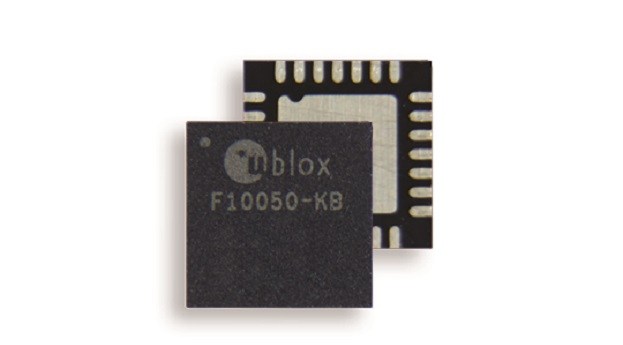
Cutting-edge mapping technology can drive Australia’s health system towards maintaining a healthy population as opposed to simply treating the sick, according to a geo-health specialist.
Speaking at the spatial@gov conference in Canberra, Esri Australia health specialist Craig Sandy said the nation’s health policy-makers, researchers and service providers must be more proactive in targeting the causes of illnesses at their sources.
“Much of the current health focus in Australia is on cure rather than prevention,” Mr Sandy said.
“We need to spend more time identifying areas where people are most likely to be unhealthy so we can target spending and resources there and prevent some types of illness from occurring in the first place.
“To do this we need to understand what environmental and social factors exist in places where the unhealthiest people are living and consider how we can address hem.
“Geographic information system (GIS) technology is fundamental to this approach because it performs analysis on the correlations between localities, health and healthcare.
“By mapping and analysing factors that are known to have a link to health – such as socioeconomic status or history of land use – with data about the prevalence of diseases, GIS technology shows exactly where intervention by policy makers is required.
“For example, Australia’s urban sprawl has seen areas once dominated by industry and agriculture transformed into housing estates, parks and schools.
“Many towns and cities have been built in areas with a history of gold mining; and in some instances, mine tailings that contain arsenic are spread over large areas of land, including land now used for housing.
“Long-term exposure to arsenic has been linked to liver, kidney and nerve damage as well as a variety of cancers – the value of GIS technology lies in its ability to translate this rich environmental health data into insight from which to guide policies.”
Now in its fourth year, the spatial@gov conference attracts hundreds of leading representatives from the Australian and New Zealand government, academia and research sectors to explore the latest developments in GIS technology.
Mr Sandy said while Australia’s healthcare system was already using GIS technology in certain areas, it needed to expand the use of the technology to realise its true benefits.
“A health system underpinned with GIS technology delivers a more precise understanding of the links between health and where people live, work, and play,” Mr Sandy said.
“This is why it is entrenched in many health research and hospital systems in the US and Europe.
“Some Australian organisations have begun to use the technology to drive valuable health programs – including the Australian Institute of Health and Welfare, Department of Health and Ageing, Royal College of Surgeons and Queensland University of Technology.
“The onus is now on the rest of the nation’s health stakeholders and decision-makers to expand the use of GIS technology to relieve the burden on our health system and enable better health for all Australians.”













